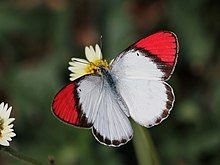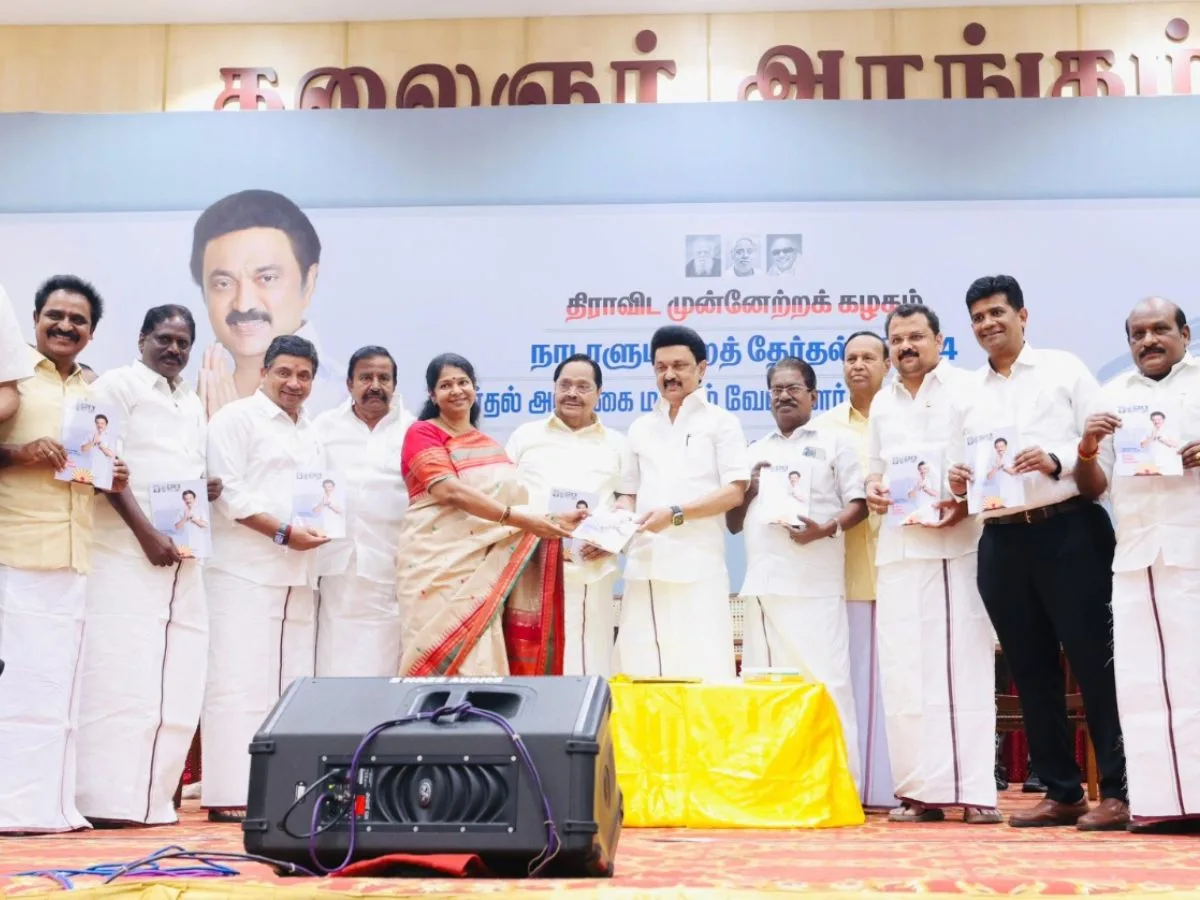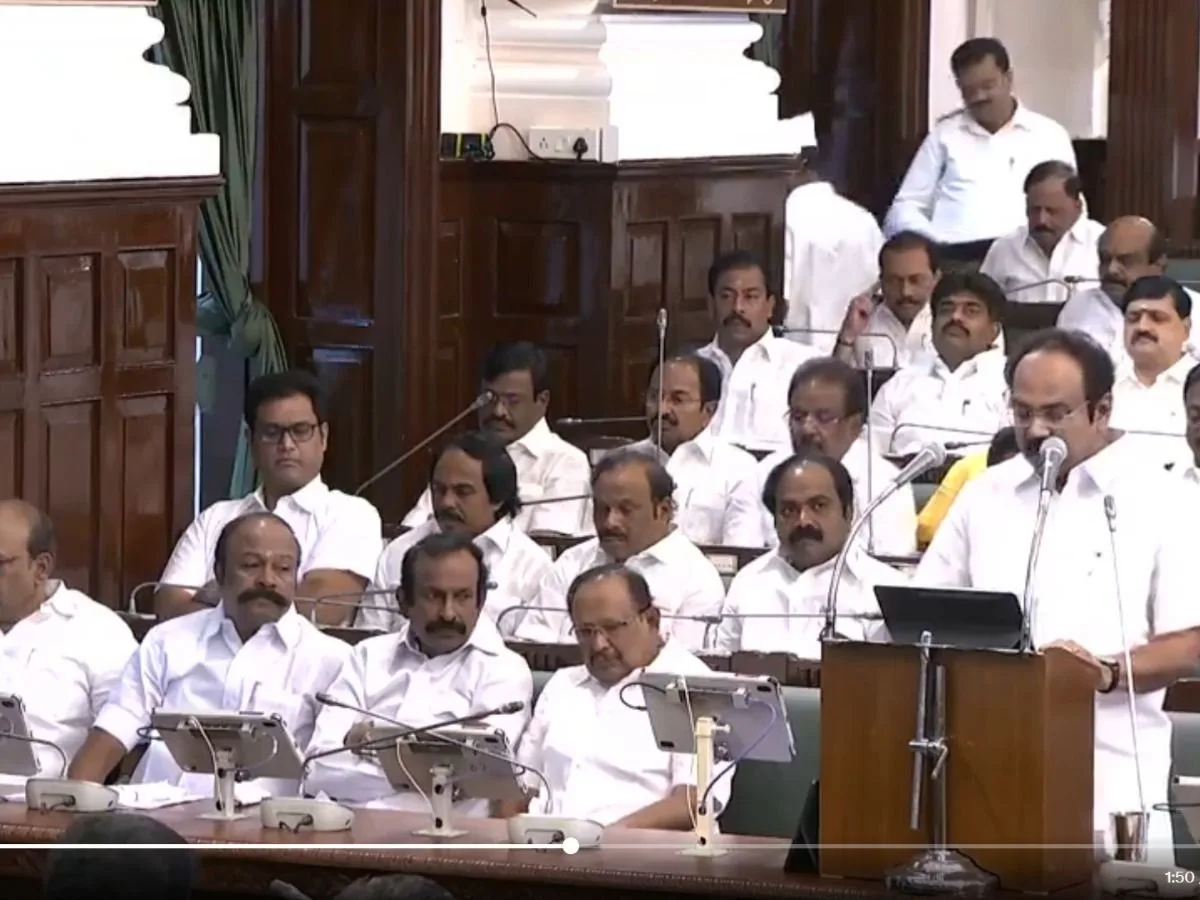Read in : தமிழ்
The butterflies of Tamil Nadu can weave colourful tales for our policymakers. Let’s see how.
Although strapped for finances, this year’s Tamil Nadu budget made an expansive announcement that a Rs. 300 crore botanical garden would come up near Chennai, in partnership with London’s Kew Gardens. Another Rs.20 crore would fund a Children’s Nature Park, refashioning the Guindy Children’s Park into an awareness centre for youngsters.
This virtually nemophilist feature – classically driven by a love of forests – to this year’s budget presented by Finance Minister Thiaga Rajan lends grist to the question: what more can Tamil Nadu do to boost its natural heritage not just in protected forests and nature reserves, but in its populous cities and towns?
Tamil Nadu is well endowed. A recent publication on butterflies from the Sathyamangalam Tiger Reserve (STR) by Vaithianathan Kannan and S. Chandrasekaran points to the rich possibilities of raising awareness and fostering habitat as well as plant hosts and nectar sources, to welcome these useful insects.
Tamil Nadu is among five States that have named a specific species, the Tamil Yeoman, the State butterfly, on the lines of State flower (Gloriosa), fruit (jack), bird (emerald dove), animal (tahr) and so on.
As a State straddling both the Western and Eastern Ghats, Tamil Nadu hosts the annual migration of butterflies – not universal but confined to a small number of species – which happens eastwards before the southwest monsoon and back in time for the northeast monsoon. If climatic conditions are normal, the season is on the anvil for 2022, and nature lovers have more freedom than the previous two pandemic years to travel to butterfly hotspots. They can hope to see many of the nearly 324 species of butterflies of Tamil Nadu, some 32 being endemics. In the STR study, 168 species were recorded by the researchers, whose findings were published in Acta Scientific Veterinary Sciences earlier this year.

Crimson Tipped Butterfly (PC: Firos -Wikimedia Commons)
Even in a highly degraded Chennai, there are known pockets of butterfly diversity, including the Guindy National Park. One study of flowering plants in the Nanmangalam Reserve Forest, to the south of Chennai, published by researchers in the past recorded 40 butterfly species there, besides 79 birds, six reptiles, five amphibians and mammals each.
A number of enthusiasts track the fortunes of butterflies in the State, with programmes for amateurs and students on social media (Facebook has one by Act for Butterflies), experiential tours, educational events and so on.
As Vaithianathan Kannan and his colleague say, more and more people are taking to the hobby of gardening specially to attract butterflies that can be watched and photographed.
A number of enthusiasts track the fortunes of butterflies in the State, with programmes for amateurs and students on social media (Facebook has one by Act for Butterflies), experiential tours, educational events and so on.
Designing for butterflies
The restoration of the biodiversity area near the mouth of the Adyar river on Chennai’s coast has shown the possibilities of creating an environment suitable for the butterflies of Tamil Nadu in urban areas. Recent sighting reports also mention other curated spaces such as Semmozhi Poonga as inviting for these creatures.
Yet, a more attractive prospect is to design spaces across the city as butterfly havens. Even better would be to turn hitherto decrepit locations given up as urban wastelands into new butterfly-friendly parks. The secret, of course, lies in matching the lifecycle requirements of resident butterfly species with the features of the landscape, and choosing those plants that act as hosts and nectar sources.
If an urban butterfly gardening manual can be circulated among enthusiasts, they could choose these botanical resources precisely. An example is provided for the Western Ghats species by R Nitin and colleagues, in the Journal of Threatened Taxa, where the butterfly species and its connected plants are listed.
A silent indicator
Colourful and attractive to watch as they flit from flower to flower, butterflies play a serious role in signalling environmental degradation. In their paper, Kannan and his colleague write, “The changes in the climate, forest degradation, human disturbance and environment deterioration is also measured indirectly using butterflies as an indicator. Variations in the environment and habitat structure changes affect butterflies as they are sensitive.”
If an urban butterfly gardening manual can be circulated among enthusiasts, they could choose these botanical resources precisely. An example is provided for the Western Ghats species by R Nitin and colleagues, in the Journal of Threatened Taxa, where the butterfly species and its connected plants are listed.
By yielding to nemophilist inclinations, and turning over her garden to these winged beauties, the city dweller can expand the area that is open to butterflies, pushing back against degraded habitats. Several butterflies need a combination of moisture and soil to engage in mud puddling activity that replenishes their nutrition with key elements such as minerals.
For those who are keen to learn identification of butterflies, there is an authentic volume by Krushnamegh Kunte explaining the “Butterflies of Peninsular India” with highlights of the habitat, ecology, biology and differential features that set them and moths apart. “Butterfly Gardening” by George Mathew (Kerala Forest Research Institute) does just what it says: identify the garden host plants.
Most people in the bustle of the city would not pause to take a close look at Tawny Coasters, Lime Swallowtails, Plain Tiger or Common Crow butterflies, to mention just a handful of some 130 species seen in Chennai. Visitors to urban gardens and parks can grow dramatically, adding a dash of colour to the city, if the backyard turns hospitable. And this does not take money but love of nature.
Read in : தமிழ்











